The banking sector is required to reduce interest rates by 0.5-2% for 3-6 months on existing outstanding loans, and at the same time deploy low-interest credit packages to help localities restore production.
The Government issued Resolution No. 347 on key solutions to urgently overcome the consequences of natural disasters after storm No. 11 (Matmo) on October 24, in order to quickly stabilize people's lives and restore production and business.
Accordingly, the State Bank directed credit institutions to remove difficulties for customers such as restructuring debt repayment terms, exempting and reducing interest and fees for customers who have suffered losses. The banking sector needs to reduce loan interest rates by 0.5-2% for 3-6 months on existing outstanding loans, and at the same time deploy credit packages with lower interest rates than usual, so that people, business households and enterprises in affected areas can recover production.
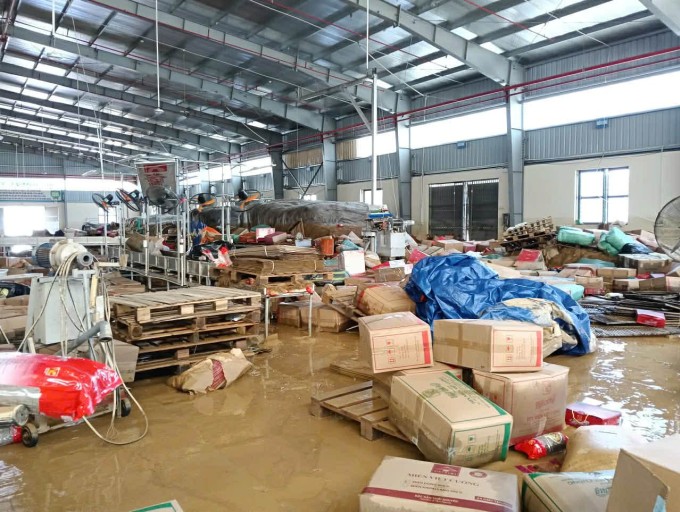
The Vietnam Bank for Social Policies has submitted to the Prime Minister a decision to reduce lending interest rates by 2% per year for customers borrowing capital in affected localities. The interest reduction applies to loans with outstanding balances at this bank from October 1 to December 31, ensuring that it is within the scope of the capital plan to compensate for interest rate differences and management fees assigned in 2025. In addition, the bank needs to review and summarize the losses of customers borrowing capital, promptly handle risky debts, in order to support people to overcome the consequences of natural disasters.
The Vietnam Cooperative Alliance and provincial-level alliances review and study plans to defer and extend debt for loans from the Vietnam Cooperative Development Support Fund and provincial-level support funds. New loans should be considered to enable cooperatives to restore production and business.
At the local level, the authorities are required to urgently determine the extent of damage to houses, dykes, traffic, electricity, water, and production and business activities. From there, the locality can proactively balance resources and mobilize funding for recovery.
In case of exceeding the balancing capacity, localities shall propose according to regulations, send to the Ministry of Finance to preside, coordinate with relevant ministries and branches to synthesize, and submit to the Prime Minister to arrange the central budget reserve for 2025 for support.
The Ministry of Finance shall preside over and arrange central budget sources, in coordination with localities, to support the repair and construction of new houses for households whose houses are damaged or have lost their roofs.
In addition, the two Ministries of Construction, Agriculture and Environment, and local authorities will use maximum resources to reinforce weak and severely damaged dikes and embankments, and restore traffic infrastructure on key routes, especially in residential areas isolated after storms and floods.
In the first 10 months of the year, Vietnam suffered 11 storms, which had a profound impact on people's lives, production and socio-economic development goals. In just 13 days (from September 22 to October 3), three strong storms No. 9, 10 and 11 created a chain of natural disasters, causing a rare situation of "storm on storm, flood on flood", causing floods exceeding historical levels on a large scale.
In terms of the impact of storm No. 11 (Matmo), heavy rainfall on October 6-7 caused floods on rivers to rise rapidly and exceed historical levels, inundating 239,000 houses in Thai Nguyen, Bac Ninh, Hanoi, Cao Bang, and Lang Son. Thai Nguyen was the most severely damaged province, with nearly 200,000 houses flooded, causing damage of more than 12,200 billion VND.
Source: https://baolaocai.vn/chinh-phu-yeu-cau-giam-toi-2-lai-cho-khach-hang-bi-thiet-hai-boi-bao-lu-post885307.html


![[Photo] Enjoy the Liuyang Fireworks Festival in Hunan, China](https://vphoto.vietnam.vn/thumb/1200x675/vietnam/resource/IMAGE/2025/10/26/1761463428882_ndo_br_02-1-my-1-jpg.webp)


![[Photo] Prime Minister Pham Minh Chinh attends the opening of the 47th ASEAN Summit](https://vphoto.vietnam.vn/thumb/1200x675/vietnam/resource/IMAGE/2025/10/26/1761452925332_c2a-jpg.webp)

![[Photo] General Secretary To Lam received the delegation attending the international conference on Vietnam studies](https://vphoto.vietnam.vn/thumb/1200x675/vietnam/resource/IMAGE/2025/10/26/1761456527874_a1-bnd-5260-7947-jpg.webp)





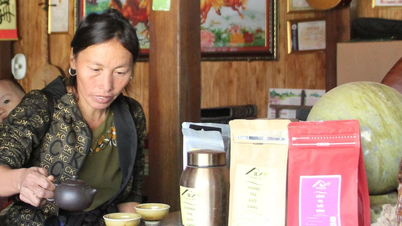
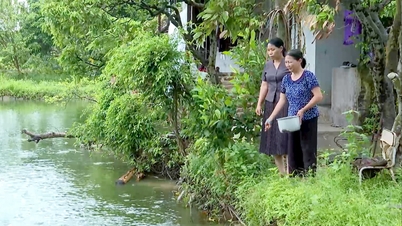
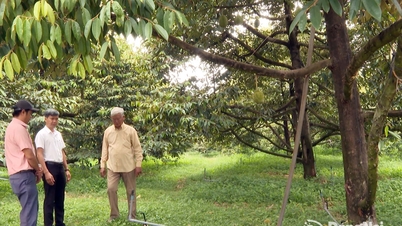











![[Photo] Prime Minister Pham Minh Chinh and United Nations Secretary-General Antonio Guterres attend the Press Conference of the Hanoi Convention Signing Ceremony](https://vphoto.vietnam.vn/thumb/1200x675/vietnam/resource/IMAGE/2025/10/25/1761391413866_conguoctt-jpg.webp)














































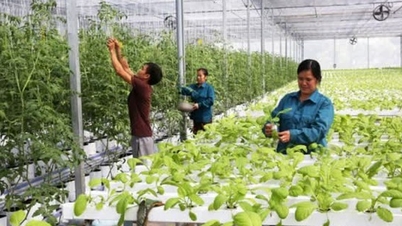





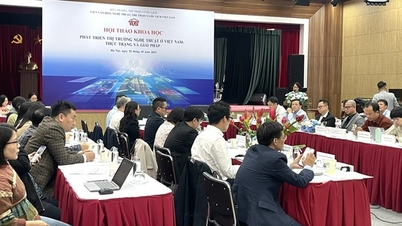





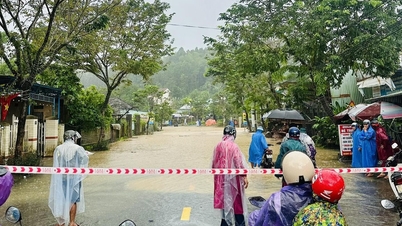


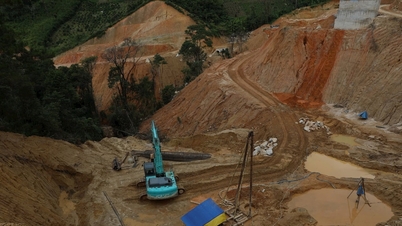














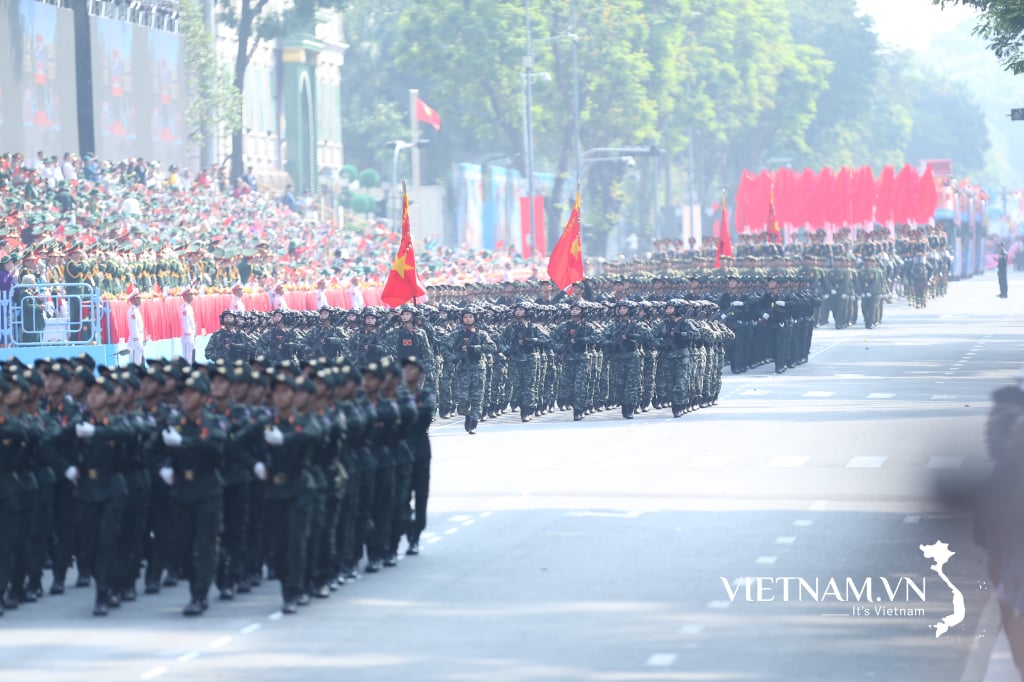
Comment (0)